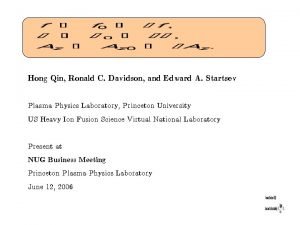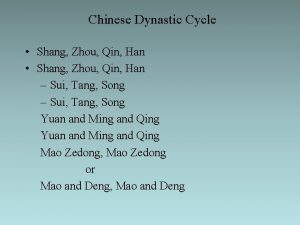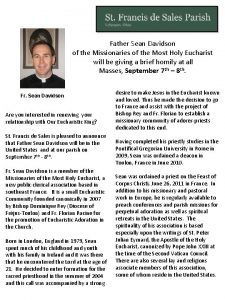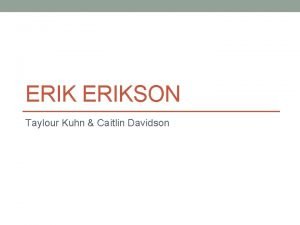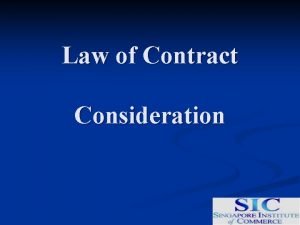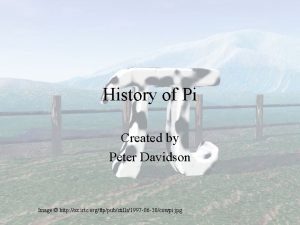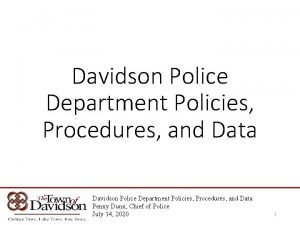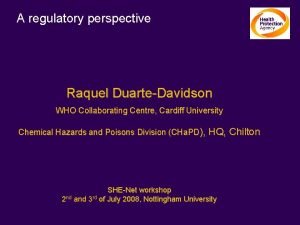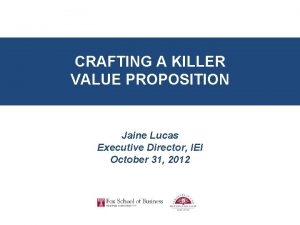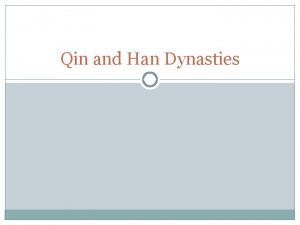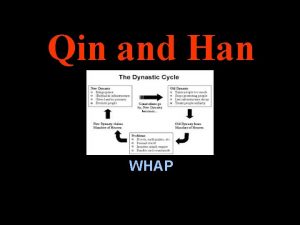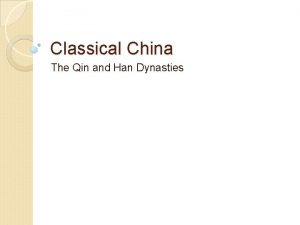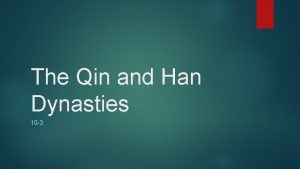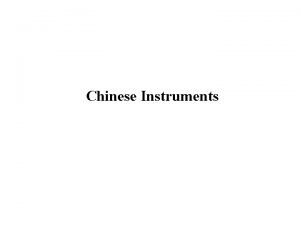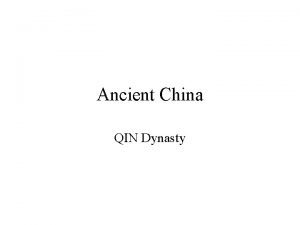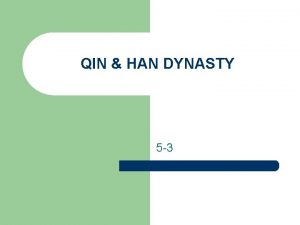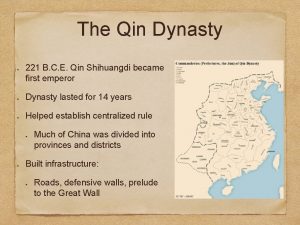Hong Qin Ronald C Davidson and Edward A
















- Slides: 16

Hong Qin, Ronald C. Davidson, and Edward A. Startsev Plasma Physics Laboratory, Princeton University US Heavy Ion Fusion Science Virtual National Laboratory Present at NUG Business Meeting Princeton Plasma Physics Laboratory June 12, 2006

Beam physics application --- high energy density physics Gamma ray bursters experiment Photoionized plasmas in an accreting massive black hole Neutralized drift compression experiment for ion beam driven HEDP The Heavy Ion Fusion Science Virtual National Laboratory

Beam physics application --- heavy ion fusion Beams strike “hohlraum, ” producing xray bath for fusion capsules. The Heavy Ion Fusion Science Virtual National Laboratory

Beam physics application --- modern high intensity accelerators Spallation Neutron Source Linear Coherent Light Source

Nonlinear Vlasov-Maxwell equations for high intensity beams Collective dynamics described by the Vlasov equation distribution function on phase space Self-electric and self-magnetic fields self-consistently determined from Maxwell’s equations.

Fully nonlinear

Beam Equilibrium Stability and Transport (BEST) Code Physics q Perturbative particle simulation method to reduce noise. q Linear eigenmodes and nonlinear evolution. q 2 D and 3 D equilibrium structure. q Multi-species; electrons and ions; accommodate very large mass ratio. q Multi-time-scales, frequency span a factor of 105. q 3 D nonlinear perturbation. Computation q Message Passing Interface Ø Multiple-1 D domain decompositon (Open. MP by users). q Large-scale computing: particle x time-steps ~ 0. 5 x 10 12. q Scales linearly to 512 processors on IBM-SP 3 at NERSC. q Net. CDF, HDF 5 parallel I/O diagnostics.

Nonlinear Equilibrium Chaotic orbits. Linear Stability theory not possible. y x 3 D bunched beams density potential density 2 D coasting beams y x z r

Long-time nonlinear perturbations y x n (10 -3) R 2 (10 -4) n (10 -3) contain perturbation spectrum y x

Collective interior mode excitation FFT of n Collective dynamics manifest by eigenmodes n(r) Mode structure confined inside the beam r

Collective surface mode excitation / b Dispersion relation: / b Dipole mode structure rw /rb

q Surface mode destabilized by background electrons. q Observed in high intensity proton beams. q q q Could be a show stopper for high intensity accelerators, e. g. SNS. Transverse geometry and dynamics are important. Important damping mechanisms (Landau damping) included. perturbed potential Electron-ion two-stream instability

Instability properties predicted by BEST simulations Agrees well with experiment observations (Proton Storage Ring) Ø Mode structure Ø Growth rate Ø Real oscillation frequency q Late time nonlinear growth observed. q There are two-phases to the instability. nb /nb 0 q Instability threshold observed. Log 10| nb /nb | q

Strong Harris instability for beams with large temperature anisotropy q q Moderate intensity largest threshold temperature anisotropy. Nonlinear saturation by particle trapping tail formation.

Collective excitation in 3 D bunched beams density 3 D anisotropic quasi-equilibrium z r Nonlinear space-charge effects reduce integrability of orbits in 3 D Chaotic particle dynamics

Conclusions q Vlasov-Maxwell equations for high intensity beam physics. q Nonlinear f particle simulation method significantly reduces noise. q q q Major progress in simulation studies using BEST code. – Electron-cloud-induced two-stream instability. – Temperature anisotropy instability. Exciting future task areas include: – Collective excitations and instabilities in bunched beams. – Beam-beam and beam-plasma collective interactions. Impossible without NERSC. Thank you.
 Hong qin princeton
Hong qin princeton Shang zhou qin han song
Shang zhou qin han song Transverse wave ex
Transverse wave ex Harley davidson market share
Harley davidson market share Ramina davidson
Ramina davidson Fr sean davidson
Fr sean davidson 2005 extranet definition
2005 extranet definition Caitlin d. davidson
Caitlin d. davidson Arthur davidson law
Arthur davidson law Price v easton (1833)
Price v easton (1833) Canine lateral saphenous vein
Canine lateral saphenous vein Pi davidson
Pi davidson Davidson police department
Davidson police department Mayer harley davidson
Mayer harley davidson Raquel duarte-davidson
Raquel duarte-davidson Beta club fundraiser ideas
Beta club fundraiser ideas Value proposition harley davidson
Value proposition harley davidson
